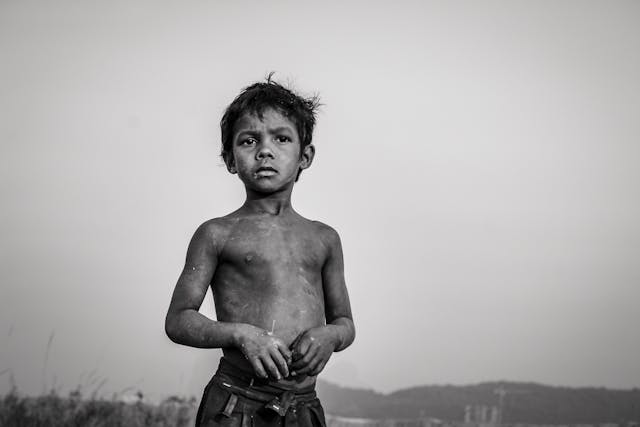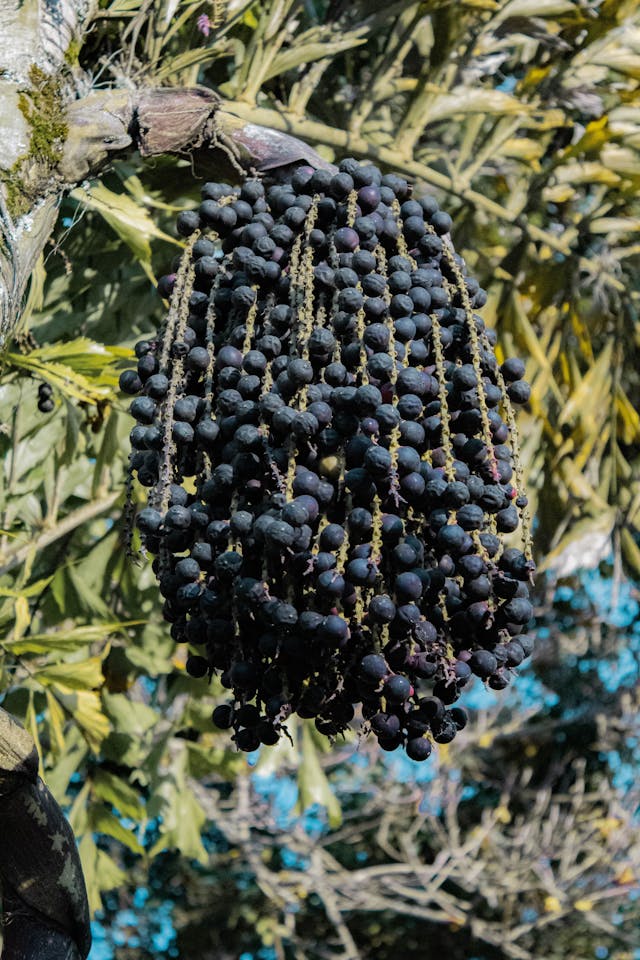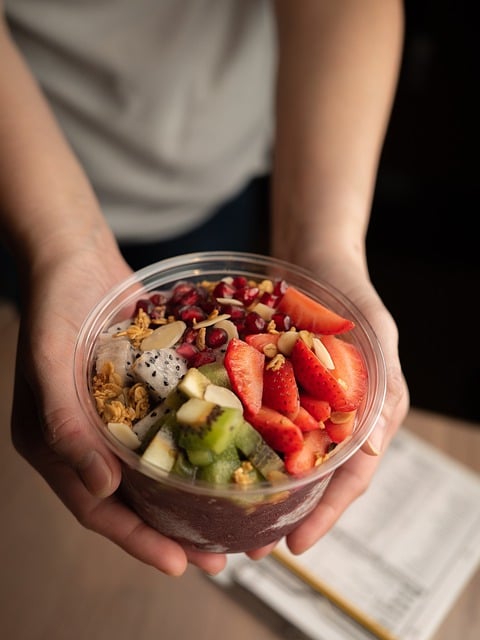The “Brazilian miracle berry” is advertised as having high concentrations of antioxidants. It is said to counteract the ageing process, help with weight loss and heal illnesses. The palm trees grow wild, which is why the berry is marketed as ecological and rainforest friendly. However, it is mainly children who are responsible for the perilous harvest.
THE “SUPERFOOD” AÇAÍ BERRIES
The dark purple berry can be found as a loose powder and in capsules, in fitness bowls, diet drinks and energy bars. Due to its content of antioxidants and fatty acids, it is said to render free radicals harmless and regulate inflammatory processes, help with weight loss or potency problems, and counteract the classic diseases of civilization such as type II diabetes, cardiovascular diseases and cancer. So far, however, there is no study that could clearly prove all this. This is also because the ingredients of the numerous mixtures can vary greatly depending on the manufacturing process. On the other hand, harmful mineral oil residues have been detected in some products.

UP TO 25 METERS TALL

The berries grow in the tops of cabbage palms, also known as açaí palms, most of which are native to the Brazilian states of Amapá and Pará in the Amazon delta. For centuries, they have served as a staple food for the indigenous natives, and even today the inhabitants of the delta feed on the rather bitter-tasting fruit pulp.
The palm trees reach a height of 20-25 meters. However, as the trunks are relatively thin, they can break under too much weight. This is why children are used for harvesting, often as young as 6 years old.
DANGEROUS HARVESTING CONDITIONS
Climbing is done using only a loop of cloth stretched around the feet, from which the name “peconheiro” is derived, with a machete in hand. To avoid having to climb up and down again and again, the pickers sometimes jump from treetop to treetop, all without any safety precautions. Naturally, this often results in falls – if they survive, they often only have broken or paralyzed limbs. Bites from tropical spiders and snakes are also often fatal, as medical facilities are usually several hours away. There is also the risk of cuts from the machetes or feet torn open by the palm trunks. In order to make a financial profit, 30 palm trees must be harvested every day, which results in around 6 baskets filled with açaí berries.
As school attendance is a criterion for receiving state family welfare benefits, the children still have to pursue their education after picking. In most cases, they only attend irregularly or are completely overtired, which reduces their learning success and therefore their job prospects – a vicious circle! Some schools even adjust the vacation schedule to the harvest season.
Public prosecutors and social workers who want to take action against child labor feel powerless. As word gets around quickly, inspections often come to nothing. In general, there is little awareness of injustice, as this form of child labor is seen as a tradition passed down through generations and families can improve their financial situation a little.
WHO’S BENEFITING FROM THIS?
The harvest spoils within 48 hours, so it must be processed quickly. The fruit is separated from the seeds, which make up around 95% of the berry, then pureed and frozen. Due to the time pressure, there is no room for price negotiations and the pickers or their families must sell their açaí berries for the next best offer. Although harvesting is the most important and, above all, the most dangerous step in the production chain, they earn the least, the equivalent of 45 cents per kilo of berries. An açaí berry bowl, i.e., mixed with other ingredients, costs us end consumers 10-15 euros.
In Pará, for example, there are around 118,000 small, family-run harvest farms, and in the Igarapé-Miri region alone, around 80% of the population earn money from the “superfood”. Over 100 trucks transport the berries every day to one of the 8 factories where they are processed. A new port is being built to meet the increasing demand.
Export figures have risen by 14,000% between 2011 and 2020, and the market value is expected to increase to 2.1 billion US dollars by 2025. This does not yet include China as a potential new market; currently, the main buyers of the “superfood” are Europe and North America. In view of the unproven effect and the exploding figures, the question arises as to who is actually benefiting from this “superfood”.

FOCUSING ON LOCAL PRODUCTS
The US Department of Labor has now placed the açaí berry on the list of goods produced by child labor. To better protect the peconheiros, it is also hoped that end consumers will take notice. We hope that they will take a closer look at the production chain and the actual health benefits. But above all, they are hoping that consumers will turn to local products with a proven effect: red cabbage, blueberries, elderberries, and blue grapes not only have a similarly high antioxidant content, in some cases it is even much higher.
Translated by Emily Schiffer
#AçaíHarvest #Peconheiros #ChildLabor #BrazilianWonderberry #Hazardous #HarvestConditions #AçaíBerryBowl #Superfood #AgainstHumanTrafficking #GegenMenschenHandel #EndExploitation #EndTrafficking #HopeForTheFuture #Austria
